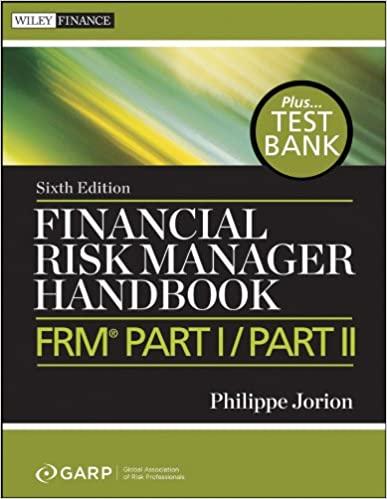
1) Suppose a firm projects a $4 million perpetuity from an investment of $18 million in Spain. If the required return on this investment is 17%, how large does the probability of expropriation in year 4 have to be before the investment has a negative NPV? Assume that all cash inflows occur at the end of the year and that the expropriation, if it occurs, will occur just before the year 4 cash inflow or not at all (that is, you only receive 3 cash inflows if expropriation occurs). There is no compensation in the event of expropriation. 2) Alpha and Beta Companies can borrow for a five-year term at the following rates: a) Calculate the quality spread differential (QSD). Describe an interest rate swap in which both Alpha and Beta have an equal cost savings in their borrowing costs. Assume Alpha desires floating-rate debt and Beta desires fixed-rate debt. Assume no swap bank is involved. b) Repeat the above assuming that a swap bank is involved as an intermediary. Assume the swap bank is quoting five-year dollar interest rate swaps at 9.7-9.8 percent against LIBOR flat. 3) You are considering undertaking a project where a \$12 million investment would generate aftertax cash flows of $3.5 million per year for 5 years. Assume the all-equity financing rate for this project is 10%, and that you face a 21% marginal tax rate. a. What is the NPV and is this a good project? b. Now assume that you will finance the project by borrowing $10 million at a 7% rate, and that the note is repaid at $2 million per year (plus interest on the outstanding principal) for the five year project life. What is the APV? c. Now assume that you are considering borrowing in Japan. Your rate will be 3% and the Yen is expected to appreciate at 3% per year. The other financing terms will remain the same. What is the new APV? 1) Suppose a firm projects a $4 million perpetuity from an investment of $18 million in Spain. If the required return on this investment is 17%, how large does the probability of expropriation in year 4 have to be before the investment has a negative NPV? Assume that all cash inflows occur at the end of the year and that the expropriation, if it occurs, will occur just before the year 4 cash inflow or not at all (that is, you only receive 3 cash inflows if expropriation occurs). There is no compensation in the event of expropriation. 2) Alpha and Beta Companies can borrow for a five-year term at the following rates: a) Calculate the quality spread differential (QSD). Describe an interest rate swap in which both Alpha and Beta have an equal cost savings in their borrowing costs. Assume Alpha desires floating-rate debt and Beta desires fixed-rate debt. Assume no swap bank is involved. b) Repeat the above assuming that a swap bank is involved as an intermediary. Assume the swap bank is quoting five-year dollar interest rate swaps at 9.7-9.8 percent against LIBOR flat. 3) You are considering undertaking a project where a \$12 million investment would generate aftertax cash flows of $3.5 million per year for 5 years. Assume the all-equity financing rate for this project is 10%, and that you face a 21% marginal tax rate. a. What is the NPV and is this a good project? b. Now assume that you will finance the project by borrowing $10 million at a 7% rate, and that the note is repaid at $2 million per year (plus interest on the outstanding principal) for the five year project life. What is the APV? c. Now assume that you are considering borrowing in Japan. Your rate will be 3% and the Yen is expected to appreciate at 3% per year. The other financing terms will remain the same. What is the new APV







